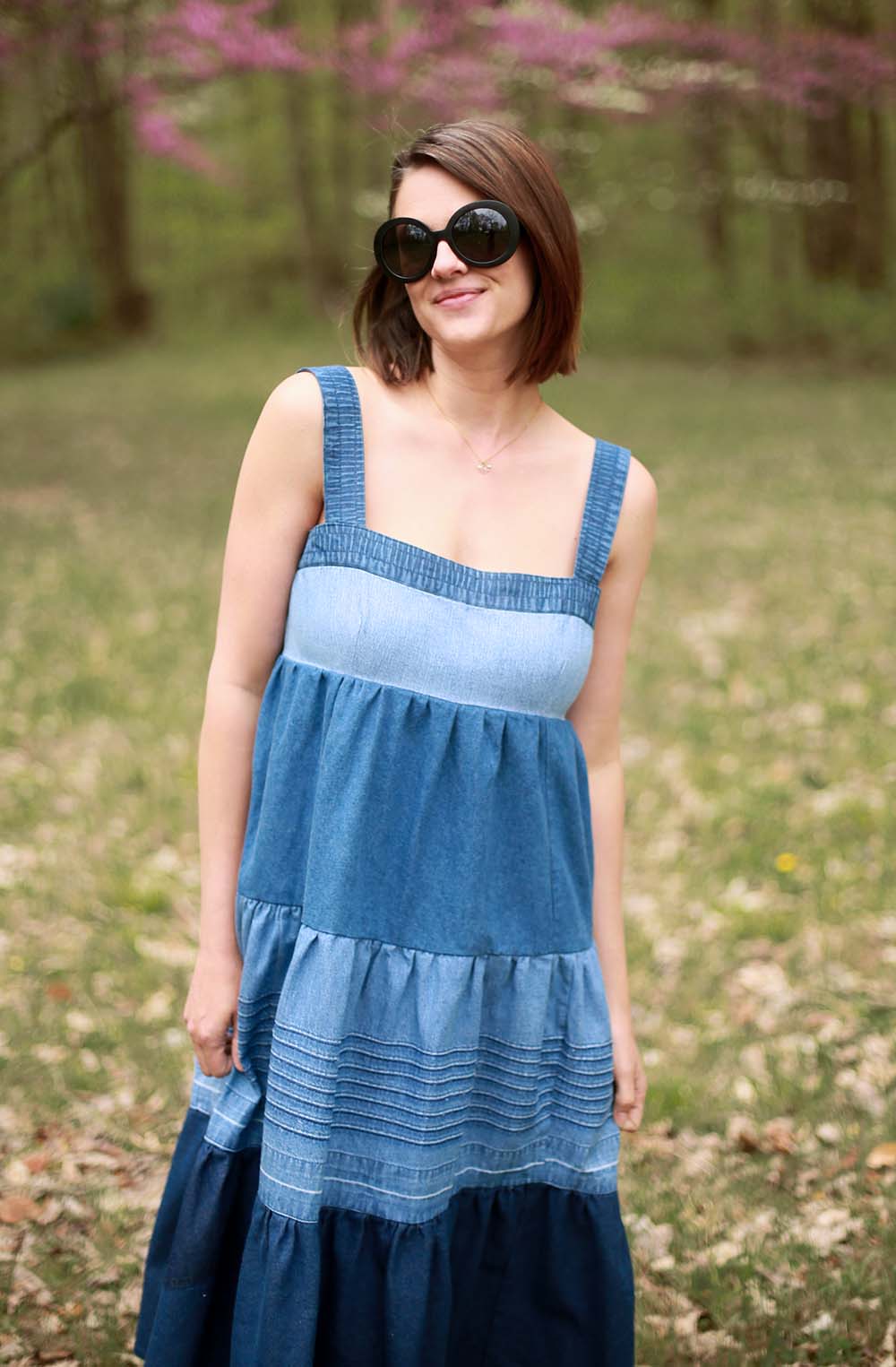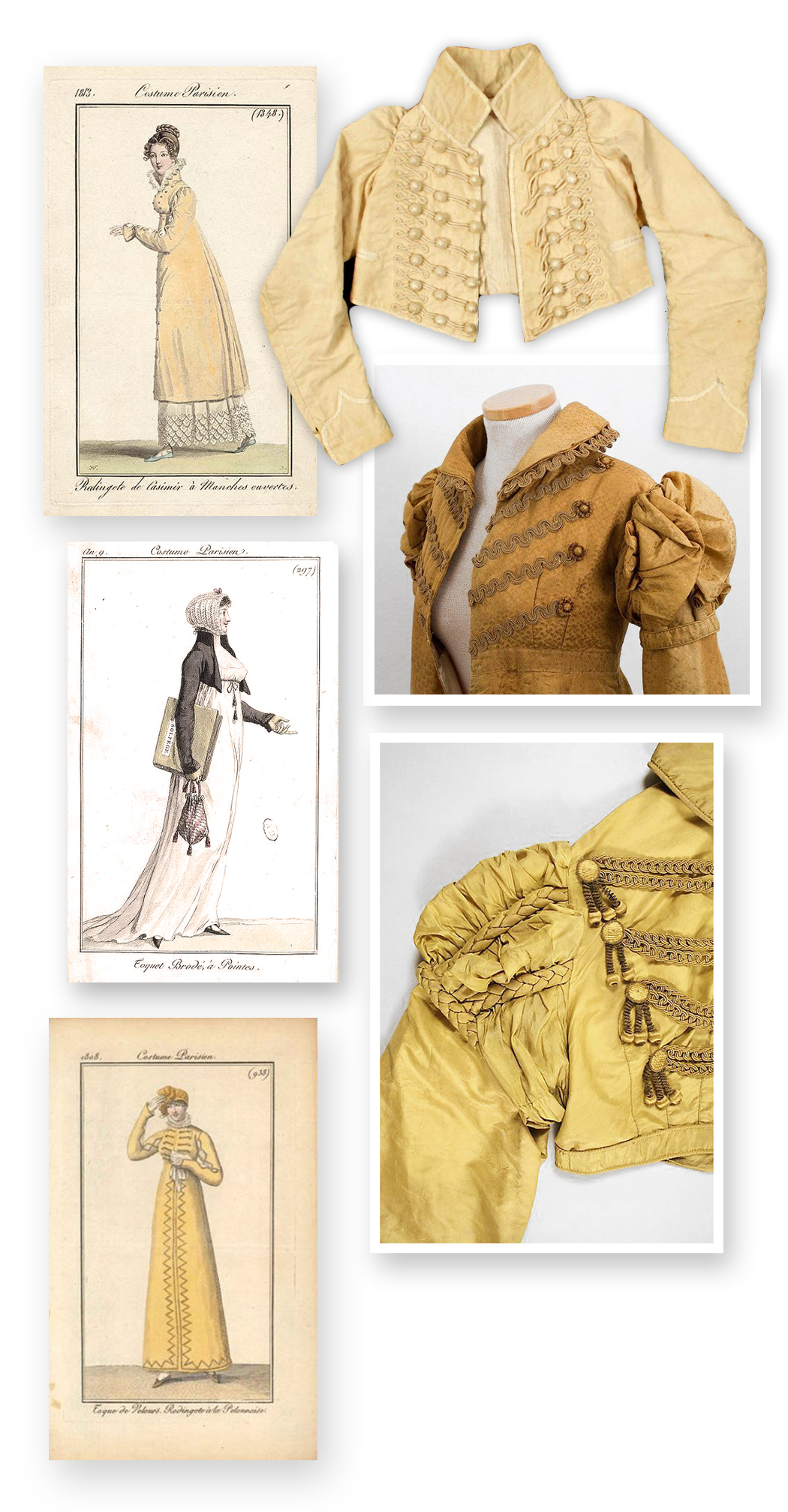Then one day I bit the bullet when I saw PennyRiver on Instagram doing a little flash sale on some of her stash. She had a Colonial Williamsburg chintz I’d had my eye on and at a discount - so I snapped it up. At just three yards I knew I’d have to be extra careful with my pattern layout and cutting, but at worst I could make it up into a jacket to be worn with a petticoat.
All this long story is to say that after I’d bought the fabric I realized every costumer under the sun seemed to be making white chintz Italian gowns. For good reason too - chintz patterns were all the rage during the 1700s, especially the latter half of the century. But you know me - I can’t look like everyone else! Which finally landed me on the idea of overdying the fabric and repainting in the print by hand.
So that’s exactly what I did.
It took roughly 30 hours after my kids went to bed each night over my dining room table, four white gel pens, three boxes of chalk paint markers and five true crime podcast series. And I am so in love with the final result!
I’d like to have my entire look complete before sharing too much, but there is a little back view of the dress on my instagram. I’ve also realized it’s really tricky to photograph these colors in a way that reflects their real life hues, but hopefully when I have my real photographer (Adam!) he’ll be able to do them justice.
If you’d like to see all of my inspiration, including some images that I didn’t post here, check out my Pinterest board! Can I just time travel back to the 18th century please (for a limited time, I know life was not easy back them for a multitude of reasons, but let’s just embrace the fantasy aspect and ignore the realities!)






























